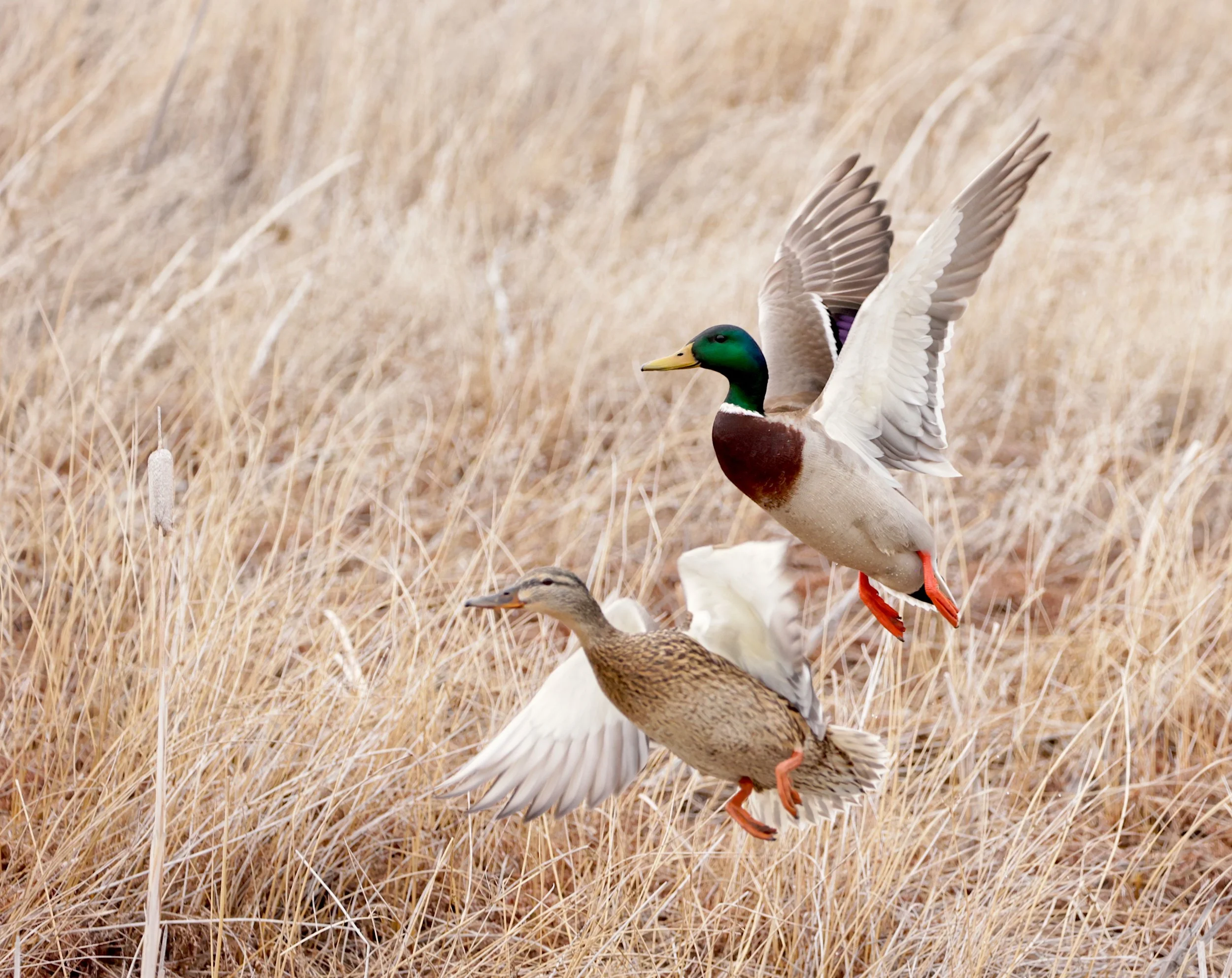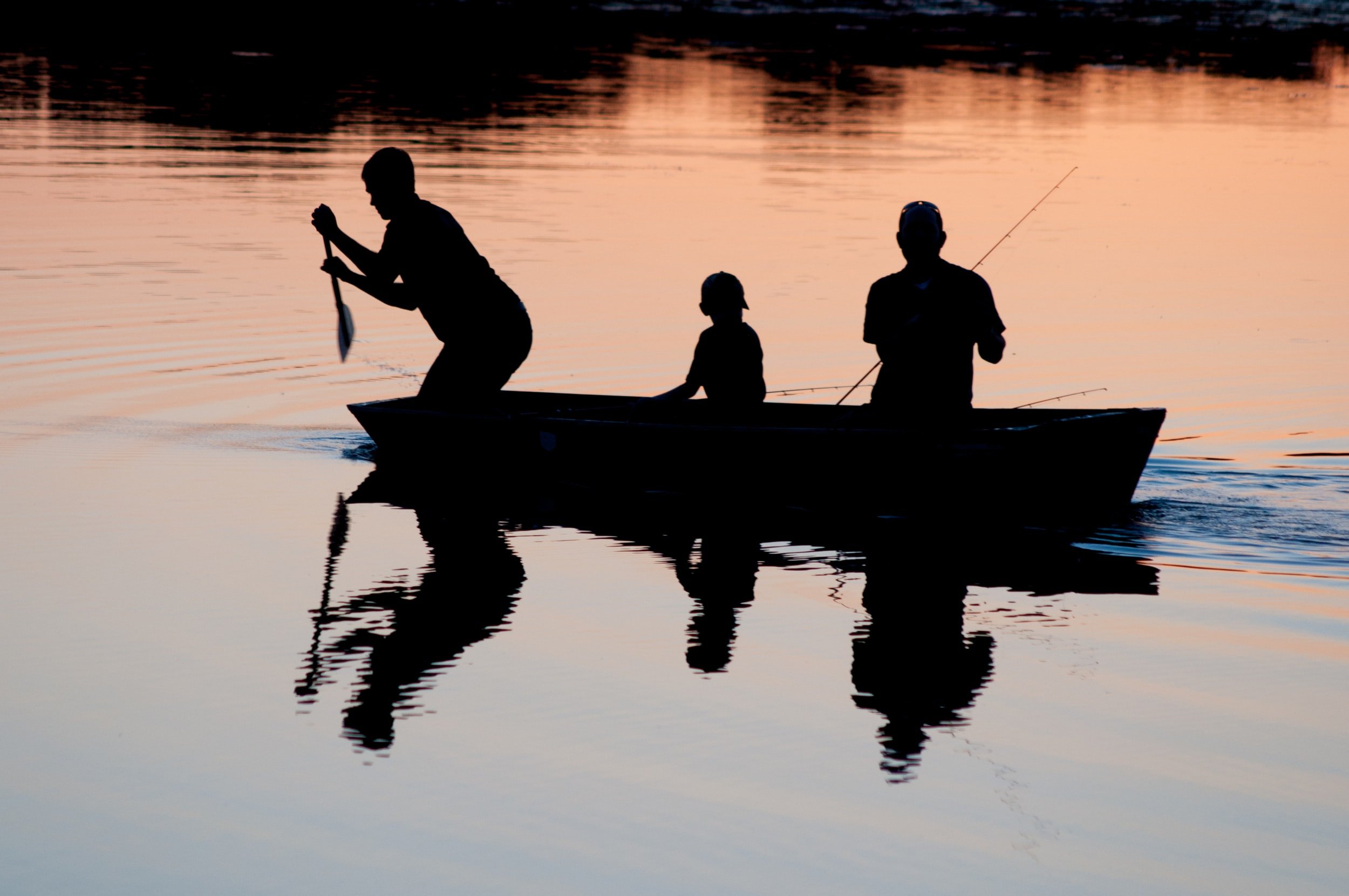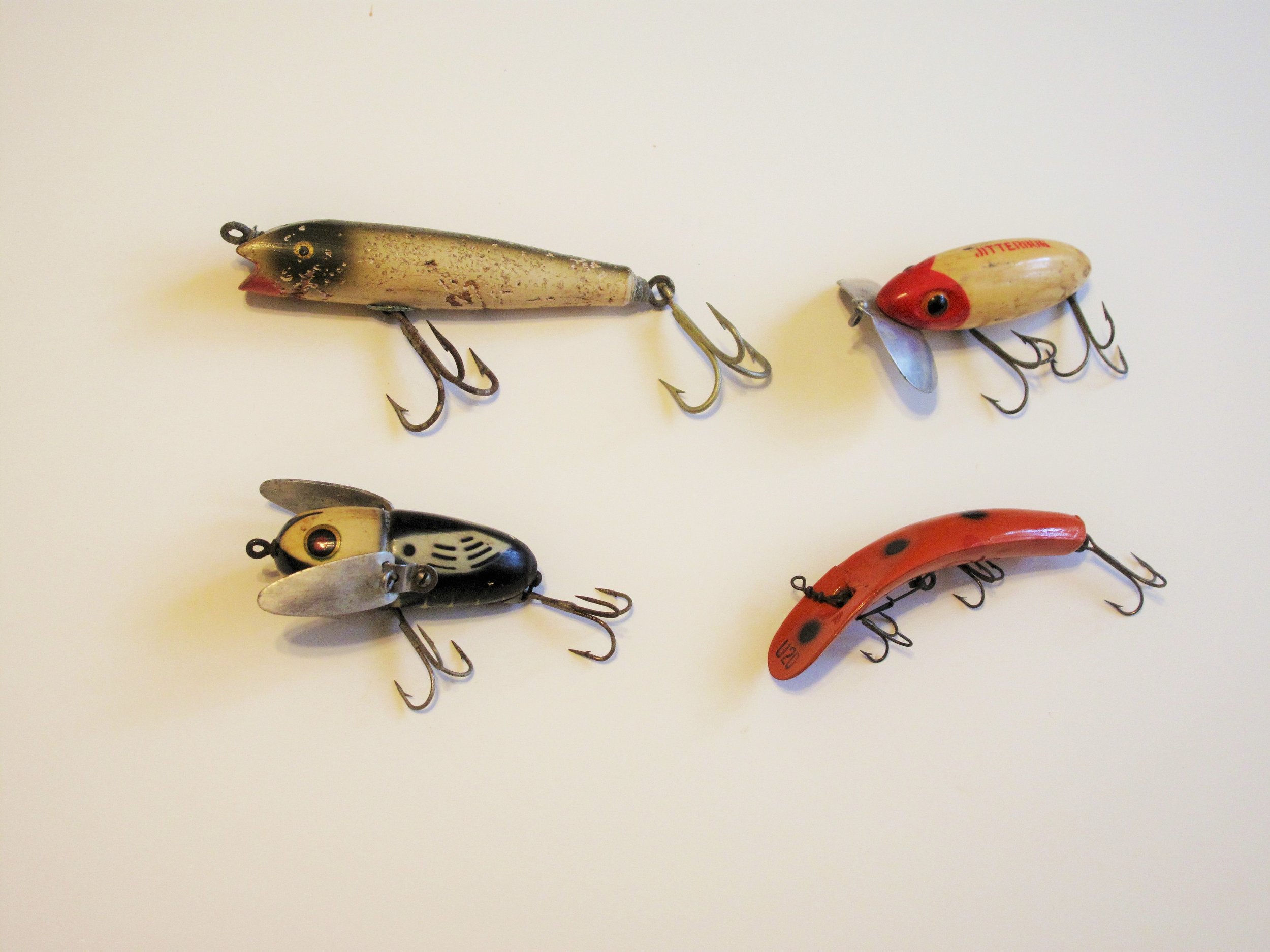Photo 101: Sensor Crop Factor = Free Telephoto
Sensor Crop Factor Adds Power to Any Lens
Did you know you can buy DSLR cameras that add telephoto power to your lenses? The right DSLR camera can turn your 100mm into a 150mm or 160mm, your 200mm into a 320mm, your 400mm into a 640mm. It's practically a free lunch via sensor crop factor.
Let’s face it, powerful lens magnification is critical for reaching distant, shy, wild critters. Buying such high-powered lenses can easily set you back $1,500 to $15,000. Carrying such lenses can cost you another wad of cash -- in pain pills or chiropractor bills.
Sensor crop factor to the rescue!
Telephoto power is critical for reaching flighty wildlife. A small-sensor camera makes shorter, lighter, less expensive telephotos perform like bigger ones.
How the Sensor Crop Factor Works
A 400mm lens might fill a full size sensor with this much Arctic ground squirrel from a given distance.
Using the same 40mm lens on a smaller sensor camera might result in a ground squirrel filling this much of the frame.
A cameras's sensor is the electronic platform that replaces what used to be film. The sensor is covered with millions of tiny pixels that absorb light and send it to the camera's computer for rendering into an image. Pretty amazing stuff. If this rectangular sensor is the size of traditional 35mm film, it is said to be full size. This means it is tailored for SLR lenses designed for 35mm cameras. Such lenses are optimized to focus an image on that size sensor. Their power or telephoto length in millimeters are ranked accordingly. A lens with the effective telephoto power of 8X would be a 400mm. A 6X power lens would be a 300mm and a 12X a 600mm. Now here comes the free lunch...If you reduce the size of the rectangular sensor in a DSLR, traditional lenses (designed for the old 35mm film size) focus less than a full image onto that sensor. The edges of the image spill off the sensor's edges. You're essentially recording only the central area. This results in the center of the image appearing larger in the finished image. A duck, for instance, that would fill 1/2 the frame of a full sensor DSLR might fill about 3/4 or more of a smaller sensor. The effect is a larger subject in your picture, exactly what a powerful telephoto lens gives you, but the sensor crop factor is what does the trick, enlarging the image you record by about 1.5X.
What Cameras Give You the Sensor Crop Factor Advantage?
Semi-professional or "prosumer" DSLR cameras are what do the trick. They use what are called APS-C sized sensors. Examples include all Canon Rebels and the 20, 30, 20, 50, 60 and 70Ds plus a few more. Their crop factor is 1.6X, meaning they are 1.6X smaller than full size sensors. Multiply any lens’ focal length by that number and you get the effective focal length magnification that appears on the small sensor. A 100mm lens would then perform like a 160mm lens. A 200mm would be a 320mm and a 400mm would come in as a whopping 640mm.
Nikon cameras use sensors with a crop factor of 1.5X on bodies with 4 numeral designations such as D3400, D3300, D7400 and many more. Pentax's latest is the K-3 II, and Sony has the A77 II. Just look for or ask about sensor crop factor or sensor size when shopping for any DSLR body.
It's important to remember that lenses physically remain the same size and focal length when used on small sensor camera bodies. This means you get the larger image magnification, or telephoto effect, without having to haul around a longer, heavier, more expensive lens. My light, handy Canon EF 100-400mm f/4.5-f/5.6L IS II USM zoom mounted on my Canon 70D camera is effectively a 160-640mm lens without the cost, size and mass of Canon’s real, massive 600mm lens. I'd call that a free lunch!
Sadly, there really is no free lunch. It can be argued that the small sensors we’re talking about don’t match the sharpness and overall image quality of full-sized “pro” camera sensors. Perhaps. Probably. However... How much image quality do you need? I haven’t shot a “pro” camera since the 1990s, yet I capture images that satisfy me and virtually every market to which I sell. If my images are good enough for the cover of Sports Afield and American Hunter or spread across two pages of Sporting Classics, I'm happy. So for me the small sensors coupled with my pet Canon 100-400mm lens do represent a free lunch -- or at least a discount lunch.
Sensor Crop Factor in the Computer is Another Option
It can also be argued that you can crop the center from a full-size sensor image in your computer and get the same effect. True. But that requires buying a bigger, heavier, costlier pro camera body. With the Canon 70D selling for as little as $900 and the full-size EOS Mark 5D Mark IV going for $3,500 -- free lunch again! An added benefit, whether you shoot on a small-size sensor or crop from a full sized one, is improved image sharpness. This may seem counter intuitive, given the enlargement, but there are other things going on... As a general rule, every lens is sharpest at its center and grows progressively less sharp at the edges. By cropping out the edges and capturing only the center of what any lens projects onto any sensor, you are getting the best that lens can offer.
Sensor Crop Factor to the Max
Some of the new Micro Four Thirds cameras like Olympus OM-D and Panasonic DMC series enjoy a 2.0 crop factor! That makes a 400mm an 800mm. A benefit of these really small sensors is the lighter, smaller lenses you can use with them. You’d only have to pack a 200mm lens to get the effect of a 400mm on aMicro Four Thirds camera sensor. Nice for travel. Nice for hauling deep into the wilderness. Something worth investigating if you're shopping for a new camera.
Conclusion:
If you’re looking for a wildlife photographer’s super telephoto lens “free lunch,” look at cameras with smaller sensors and take advantage of the sensor crop factor.
Author Ron Spomer has been trying to figure out cameras, lenses, exposures, f-stops, contrast, lighting and how to make a million with photography since 1972. He isn't ready to give up yet.















